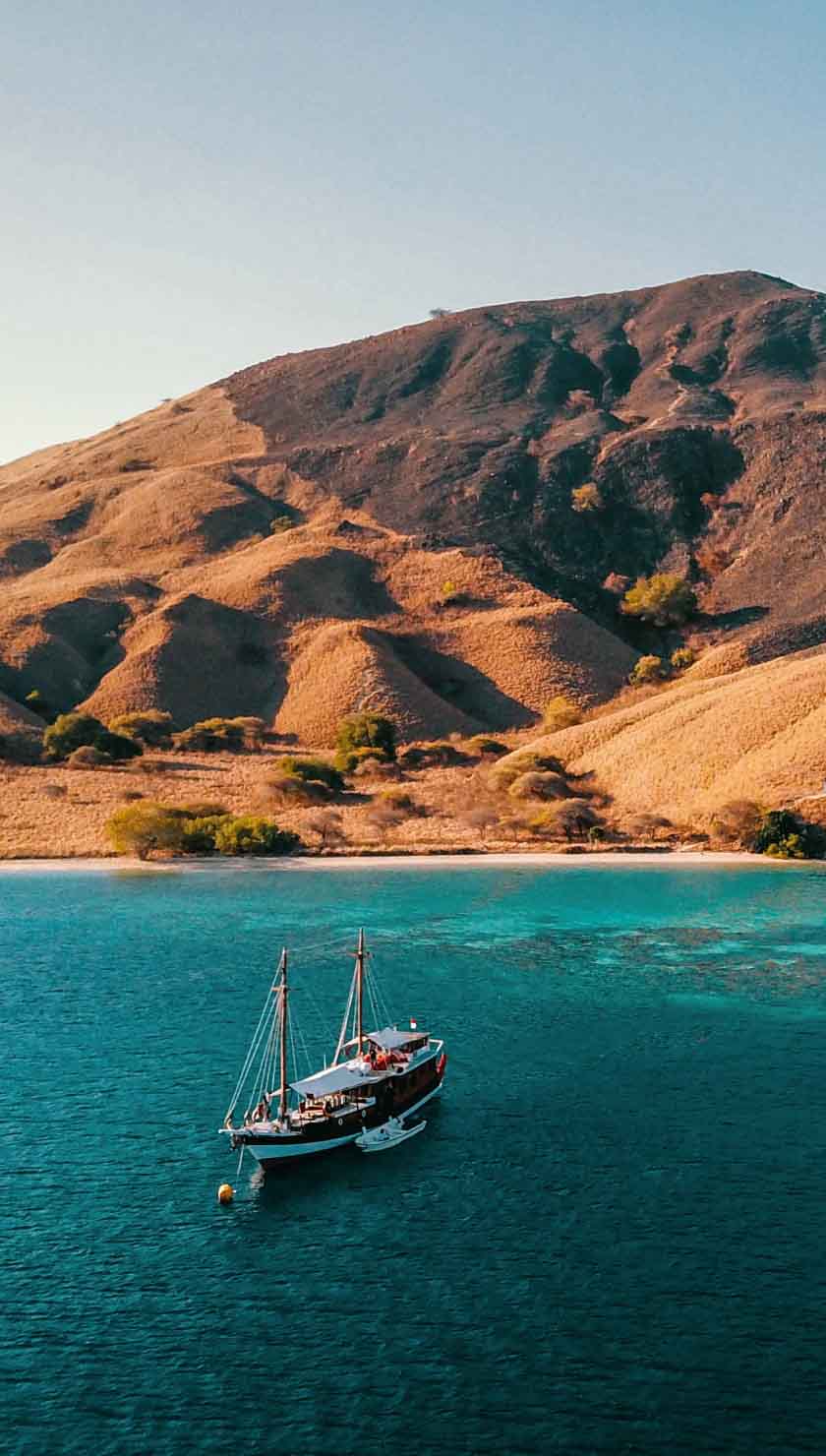Top Things to Do in Svalbard
Svalbard is strategically located between mainland Norway and the North Pole, which has protected more than half of the region from human intervention. It boasts of scarce wildlife that includes 21 animals, namely bearded seals, humpback whales, little auk or the ‘sea dove,’ walruses, polar bears, and so on.
While the tranquillity of Svalbard’s nature is one of the most impressive attractions, it’s not all the place has to offer. Travelers can plan a day of exploring Longyearbyen, including cultural attractions like the Svalbard Church and the North Pole Expedition Museum. For a more immersive Arctic experience, adventure cruises around Spitsbergen, the largest island in the archipelago, are a must. These cruises offer unparalleled access to remote landscapes, rich wildlife, thrilling activities such as glacier hikes, zodiac excursions, and visits to historic sites. Some of the most exciting adventure sports and wilderness excursions are listed below:
Whale Watching
While most voyages to the Arctic primarily include whale spotting, Svalbard is often overlooked as a whale-watching hotspot owing to the reign of the polar bear over the archipelago. Additionally, the summer currents at Svalbard, rich in nutrients, attract not only whales but other cetaceans from all over the globe. This is the only place in the world where travelers with an adventurous streak can snorkel alongside dancing orcas! Since whales move towards warmer currents at Svalbard, the period between May and September is ideal for whale-watching.
Explore the Wilderness with Man’s Best Friend
Dogsledding is a major attraction at Svalbard and is conducted all year round. The white wilderness of Svalbard is best discovered while sledding atop the pristine snow. Summertime sledding consists of packs of dogs pulling sleds supported by wheels for ease.
Kayaking in Svalbard
The mighty glaciers at Svalbard are best explored by kayaking in the icy waters of the Norwegian archipelago. Accompanied by a trained guide, travelers can experience a jolt of adventure as they’re encouraged to kayak in the placid waters of Svalbard. The Svea Glacier from Longyearbyen features the ever-evolving mammoth ice structure home to seagulls and polar bears.
Explore the Underground Beauty of Ice Caves
Over half of Svalbard’s topography is covered by glaciers that can be explored during winter. A world of wonder can be found even underneath the glaciers! Melted waters from the glaciers have developed passages leading to fascinating ice caves that can be visited differently. For instance, those looking for after-hours fun can embark on a moonlit trail to the Larsbreen glacier over the frozen riverbed and up the Sarkofagen mountain. Atop the 350-meter climb, the entrance to the ice cave is located. Other trips include a snowcat ride to the Longyear Glacier. The structure of the ice caves changes every year, so the excursion throws surprises even to a seasoned guide. It’s one of the best ways to explore Svalbard's ancient frozen flora and fauna.
Delve into Svalbard’s Culture and History
The award-winning Svalbard Museum offers a slice of the distant archipelago’s distinct culture and history. The artifacts displayed at the Museum offer a glimpse into the flora and fauna that have survived in the icy environment. The museum also serves as a reminder of how humans have exploited natural resources brutally, especially in whaling and mining in Svalbard.
Polar Bears and Northern Lights
A trip to the Svalbard archipelago can never be complete without spotting the regal polar bear or sitting in bemusement under the symphony of the Northern Lights. The Aurora Borealis frequently appears on the bucket list of many travelers, and there’s no better place to see this unique phenomenon than Svalbard. The Polar Night at Svalbard also lets one view the dancing lights in the morning.
Top Tips for Visiting Svalbard (where applicable)
On the extremes of nature, Svalbard takes environmental consciousness very seriously. There are a few guidelines every traveler must consider following to enjoy Svalbard while respecting its precarious ecosystem:
- Longer Stays: Travelers are encouraged to stay at Svalbard for longer since each trip to and from Svalbard leaves an indelible carbon footprint.
- Plan Non-Motorised Activities: Ditch the snowcat for a while and indulge in some plain old hiking across the snowy topography of the archipelago.
- Safety First: Adventurous excursions at Svalbard must always be planned with experienced and certified guides for the safety of visitors.
- Longyearbyen Community Guidelines: These guidelines are available online and inform visitors how they’re expected to conduct themselves in Longyearbyen. For instance, picking flowers is a strict no-no at Longyearbyen!
Best time to cruise Svalbard
Svalbard unveils one delight after another from month to month, so there’s no ‘perfect’ time to visit this pristine archipelago. However, travelers can align their trip with specific places they want to visit and the natural phenomenon they want to experience. For instance, those interested in spotting whales in the icy cold waters of Svalbard are encouraged to visit the place between May and September when the currents are warm.
From mid-May, the ice surrounding Svalbard starts clearing up, opening channels for cruises. This period, also known as the Polar Summer, is especially recommended if wildlife encounters and photography are the main itinerary goals. However, those interested in experiencing the enigmatic Northern Lights are encouraged to plan their trip between October and February. The Auroral Borealis is visible only when there’s no trace of sunlight, so the Polar Winter is the best period to visit Svalbard for this. Outdoor adventures are best done in the sunny winter, ranging from March to April.
Where do Svalbard cruises depart from?
Svalbard cruises usually depart from Longyearbyen. It’s the administrative point of the Svalbard archipelago, and the easiest way to reach Longyearbyen is to fly. There are flights from Oslo all year round, especially during the summer months. It takes 15 minutes by road to reach the town from the airport.
How to Get to Svalbard
Reaching Svalbard is an adventure in itself, as it is one of the northernmost inhabited areas in the world. The primary gateway to the archipelago is Longyearbyen, which can be accessed via air travel. Flights to Svalbard typically connect through Oslo or Tromsø, Norway, with several airlines offering regular services, especially during summer.
The journey from Oslo to Longyearbyen takes about 3 hours. Once at Longyearbyen Airport, it’s a 15-minute drive to the town center. Visitors traveling by cruise ship may also reach Svalbard as part of Arctic itineraries that depart from ports in mainland Norway or other northern European countries.
However, planning is essential, as access to Svalbard can be limited due to seasonal weather conditions and the region's remote location. Always check visa and entry requirements before your trip, as Svalbard operates under rules different from those of mainland Norway.











